The legend of the Har-Ki-Dun: The Har-Ki-Dun Valley is a cradle shaped hanging valley in the Garhwal part of the Himalayas. This picturesque valley is surrounded by snow-covered peaks and alpine vegetation. This region finds mention in the Indian epic Mahabharata as the trail traversed by the five Pandavas and Draupadi on their way to the heaven. However, only Yudhisthira could successfully climb the Swargarohini peak and the rest of them succumbed to death as they attempted to climb the peak to heaven.
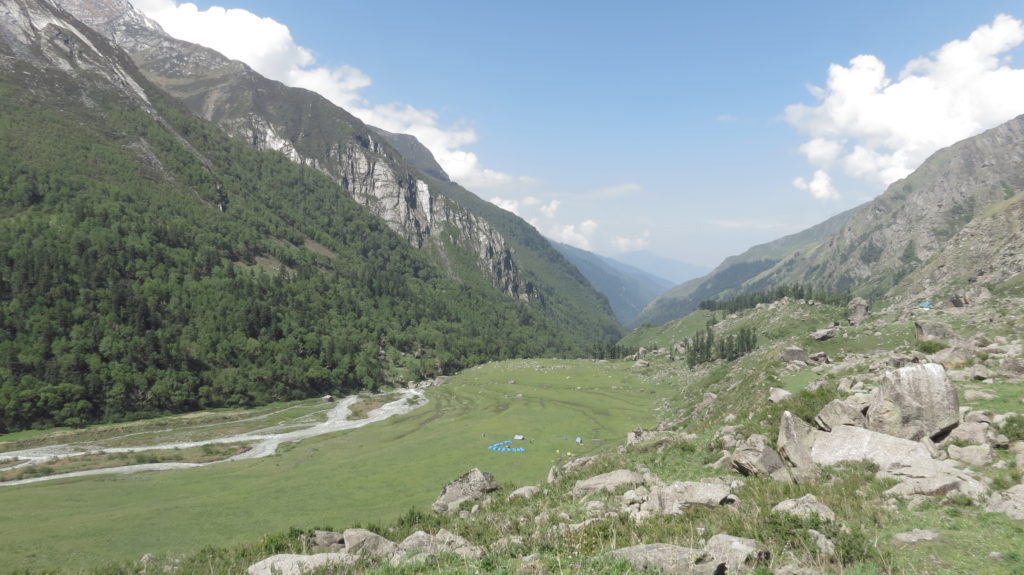
Introduction to the valley: This ‘Dun’ or valley is situated at an altitude of about 3500 m (about 11,500 ft) above the mean sea level. It remains snow covered from the months of October to first week of April. The lush green moors, alpine trees, and flowers becomes alive during the summer months after the long sleep under the sheet of snow. Some trekkers head for this mythologically famous valley during the winter months to appreciate its pristine white beauty, but there are many like us who could not afford to miss its verdancy which the valley unleashes only during the summers.
Our journey to Sankri – the starting point of the Har ki Dun trek: We started from Kolkata on 3rd June, 2016 and reached Dehradun the next day after a short detour to the ‘Paranthewala Gali‘ and ‘Karim’s‘ in Delhi. So the readers can well gauge how greedy the entire group is! We had Alu Ke Paranthe, Gobi ke Paranthe, Mutton Bara Kebab and Mutton Sheek Kebab in these two respective places before boarding on the Dehradun bound train from Delhi.
We halted the night in Dehradun and started for our motorable destination Sankri, early in the morning of the 5th June. 6 of us comprised our small trekking group, all of us pretty overweight and with absolutely unseasoned bodies for trekking. We didn’t even care to do a few stretching routines back at home before embarking on this trekking trail. However, what we were armed with was the indomitable will power and the bubbling hope to experience the beauty of the valley at its best.
The language misunderstandings at Purola: On our way to Sankri, we had to stop at Purola to arrange for our accomodation at the Forest Rest Houses in Seema and Har-Ki-Dun. The Purola Forest Division Office had to issue a permit for this. Three of the more energetic people of us strode towards the office. About 2 hours passed. We, who waited in the car, grew impatient and attempted to call them. Their cell phones notified us that they were unreachable.
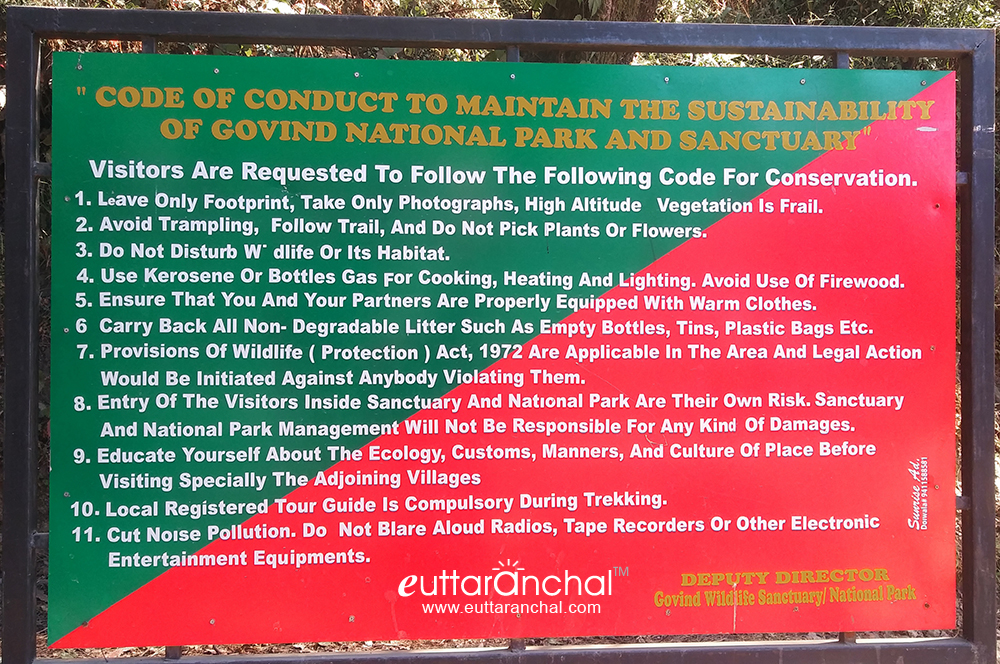
As, we were thinking about making a visit to that office ourselves, they came back running and with wide smiles on their faces. We knew instantly that they were triumphant in their mission. While they narrated their short adventure, we could not help ourselves rolling on with laughter. What they had to do is to write an application in Hindi and they had forgotten the ‘devnagari script’ a long long time ago! Our jugular veins were tickled when they narrated how poorly they could manage to write the letter in Hindi and managed to get through the acceptance and permission. Laughing along the entire remaining stretch, we reached Sankri in the evening. The sun was preparing to set, the brown hills grew darker and more desolate when they bade adieu to the Sun for the day.
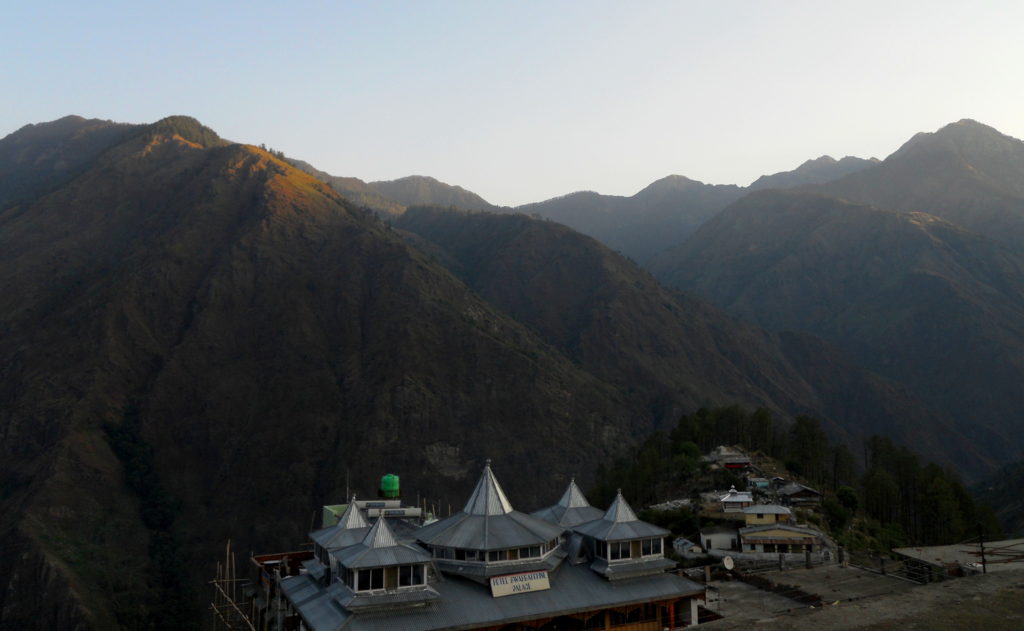
The trek begins:
From Taluka to Seema: Next morning, we hired a cab (the avatar of the suave city cabs which are fit for the mountainous roads) to a place called Taluka. Our trek was to start from this place. The part of the Himalayan undulations which surrounded the place was brown, rough and quite barren. Very much different from the hills of the Eastern Himalayas. The reason for this might be the topography itself or the recent forest fires which engulfed a huge part of Uttarakhand Montane Forests.
As we started walking towards our destination Seema, the river Supin decided to accompany us. Supin was chirpy and vibrant as it flowed and it cheered us all along in our sojourn. The 12 Km stretch to Seema was an uneventful one. As we were unprepared and had to carry our own backpacks, we had to take brief rests to charge us up. The journey seemed never ending. After lunch, when we decided to pick up our pace of walking, we heard a rumbling sound coming from above.
The calamity strikes: Looking up, we saw that the clear, blue sky was beginning to darken up. No sooner did we prepare ourselves to bravely face the rainfall, the hailstones started to fall. The icy, cold hailstones were hitting us hard. Our group got a bit disarranged as all of us were walking in our own paces. So, when the calamity struck us, we were left to fend ourselves alone without any encouragement from the fellow trekkers.
I don’t know about others in the group. I can talk about how I felt in that moment. I was determined to reach the destination as soon as possible, but the heavy rainfall and the relentless hitting of hailstones was pushing me back. I had to keep on going as that was the only thing which was to be done to dispel out the fear of attack from a wild monkey or a bear. We were amidst Govind National Park and we didn’t know whether the wild animals will choose to attack us for their safety or not. Suddenly, I grew angry because I could find no one from my group as I advanced. My anger changed to despair, disappointment and fear. I vented out my feelings by crying out. I felt desolate. I felt hopelessly alone.

The rains washed my teary face and I went on. As I advanced, I met three of my trek mates. The rain was fiercely lashing out. I advanced alone, baby stepping towards Seema Forest Rest House while they followed at their individual paces. Two of them carried heavy rucksacks that had increased their weights due to the rain.
Slowly, the rain faded out and the Forest Rest House came to our vicinity. We were completely drenched and shivering. The eatery near the Rest House provided us a hope of comfort. The chulha was burning and the fire welcomed us to sit near it. Oh! How welcoming the fire was! All our angers, despairs, disappointments were baked, burnt and purified.
From Seema to Har-Ki-Dun: The next day, we started early. We had to reach Har-ki-Dun before sunset. There was a forecast of rainfall in the evening. We had a distance of 14 kms ahead of us. The entire trail was laid amidst the pine forests intervened by mixed deciduous ones. Our knees hurt as they were exposed to continuous ups and downs and our toes wore blisters. The only scare we had was the impending pocket pinch. The food rates soared high as we went up and we were carrying only a handful of cash with us. We could now very well understand the huge impact of a minor miscalculation. We were tight on cash, and it was foolish to expect the presence of ATMs to bail us out of this monetary crisis.
But, the scenic beauty of the interlocking spurs, the youthful banter of the Supin river and the shades of green all over made us forget of this impending danger. We cast aside the fear of what-to-eat-if we-finish up-the cash started to fade out as we started to immerse ourselves more and more in the marvels of the nature. As we crossed the rapid streams on indigenously made bridges, we silently thanked the reason of our existence. We exist in this beautiful world just to appreciate the beauty of Mother Nature and her different manifestations.
We caught hold of a variety of unknown birds and flowers. The birds which decided to not show themselves to us, sang out from the depths of the green forests. The lush green bugiyals or moors waved their heads as we tread along them to reach the valley at the feet of the Swargarohini Peaks. The Swargarohini peak was mythologically famous as it served as the way for the Pandavas to reach heaven. The peak is so very beautiful that it does not get difficult for us to imagine its mythological significance. The entrance way to the heaven should also be beautiful, n’est ce pas? That’s the reason the myths are built around it.
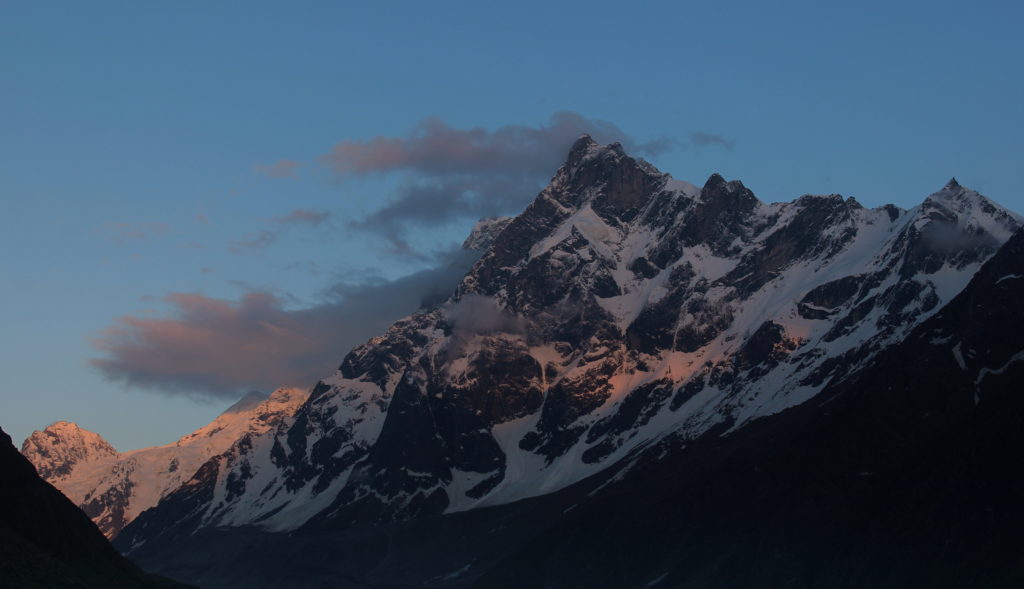
Our weariness vanished when we saw the magnificient Swargarohini Peaks for the first time. The sun was diffusing out its slanting rays. When it went down for the day, the void got filled up by the stars. The spotlessly white stars pierced out the black sky like crystals.
We stayed in Har-Ki-Dun for two and a half days. Resting, acclimatizing and leisurely strolling out in the lush green valley. One can spend hours by reclining on the large rock outside the trekkers’ hut and staring at the snowy Swargarohini, for once you look towards it, you simply cannot move your eyes away.
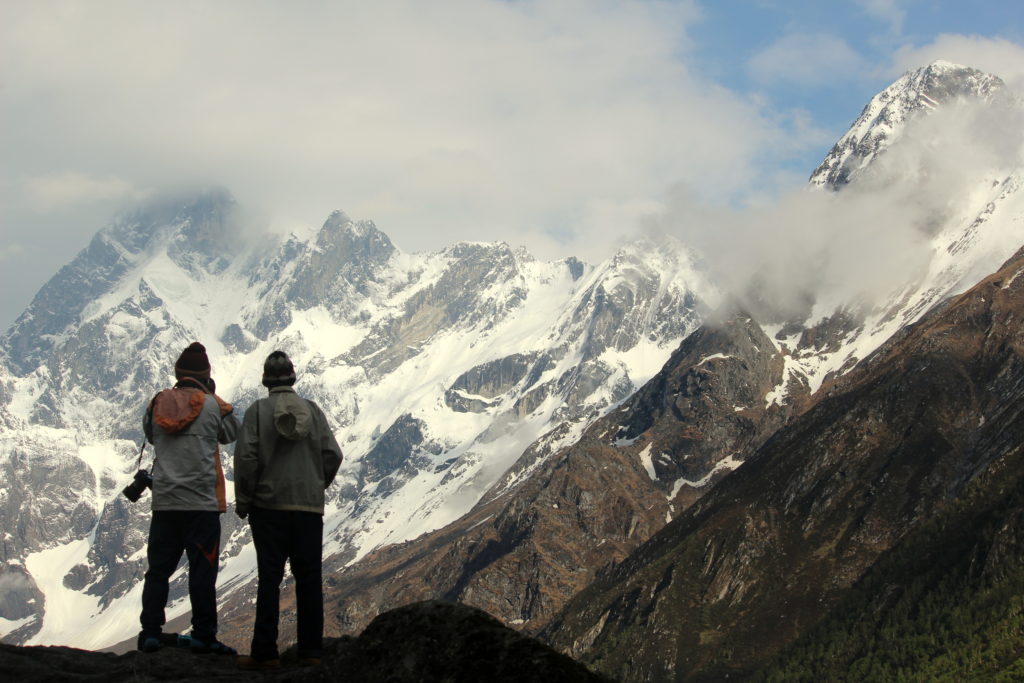
The grandeur of Swargarohini mesmerized us then when we were rambling at its feet. The pristine view mesmerizes us even now when we close our eyes and recollect the trekking days in the God’s valley. The view which you can only get when you trek up, trudge along like we did. A saying goes, ‘ The best view comes only after a steep climb’ and the beauty of Har-Ki-Dun vouches for every word of the saying.
Recommended Read: Travelling to Palmajua

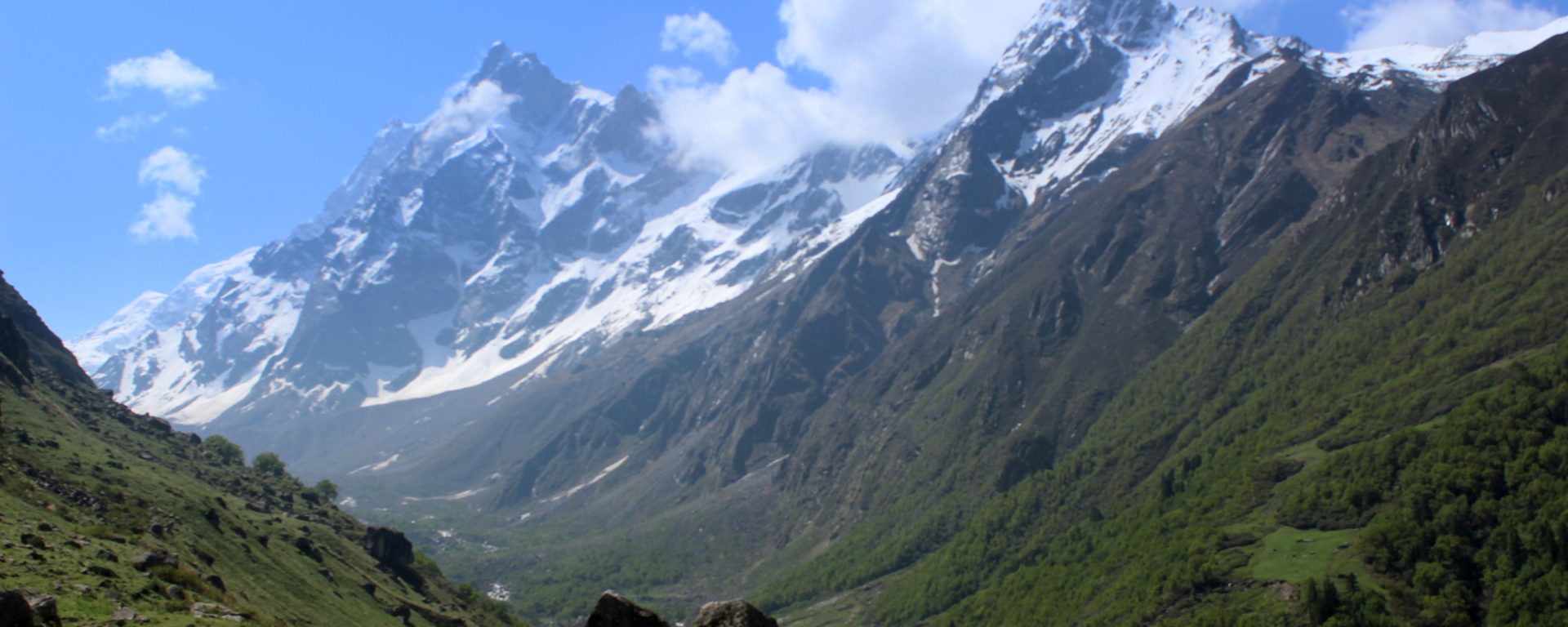
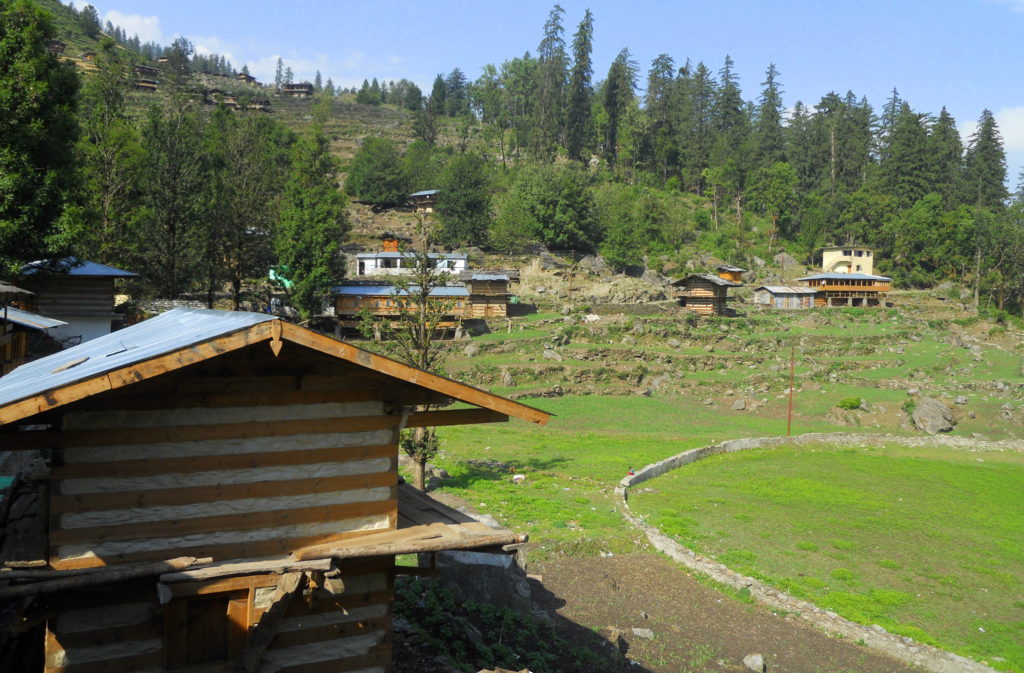
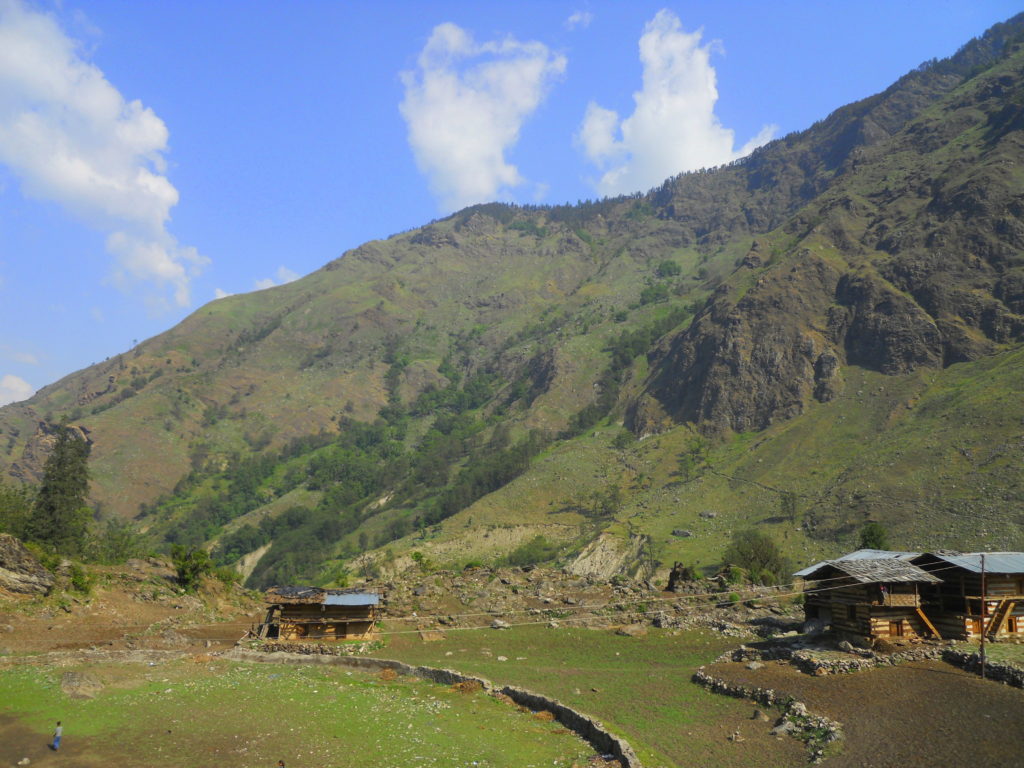
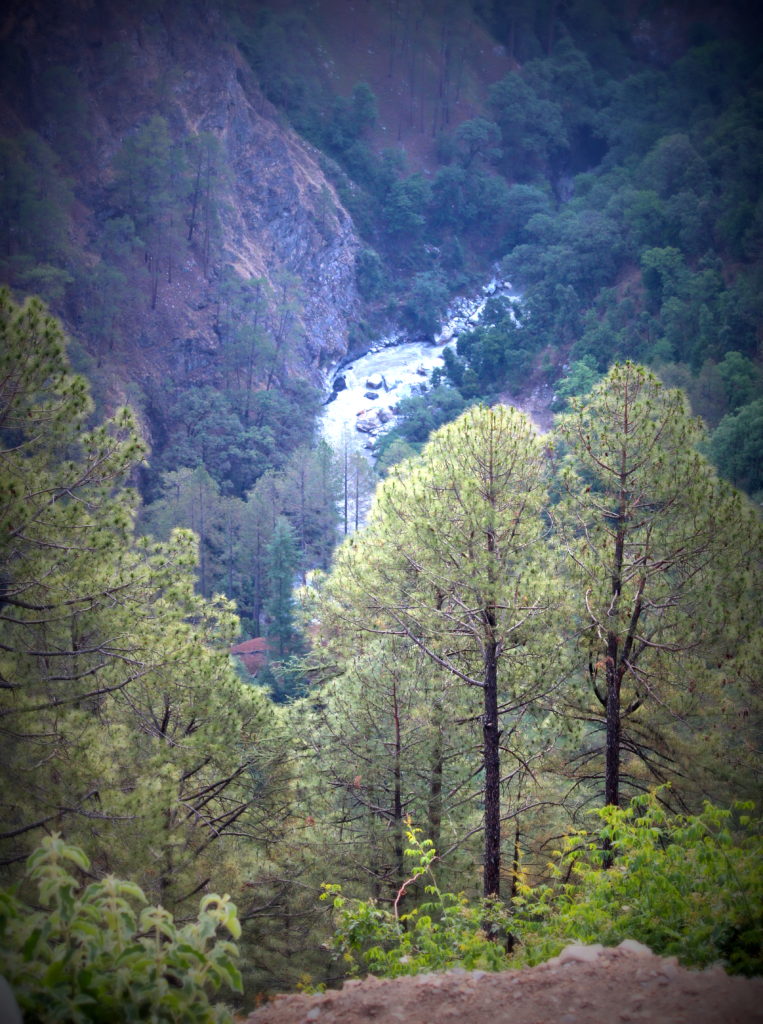
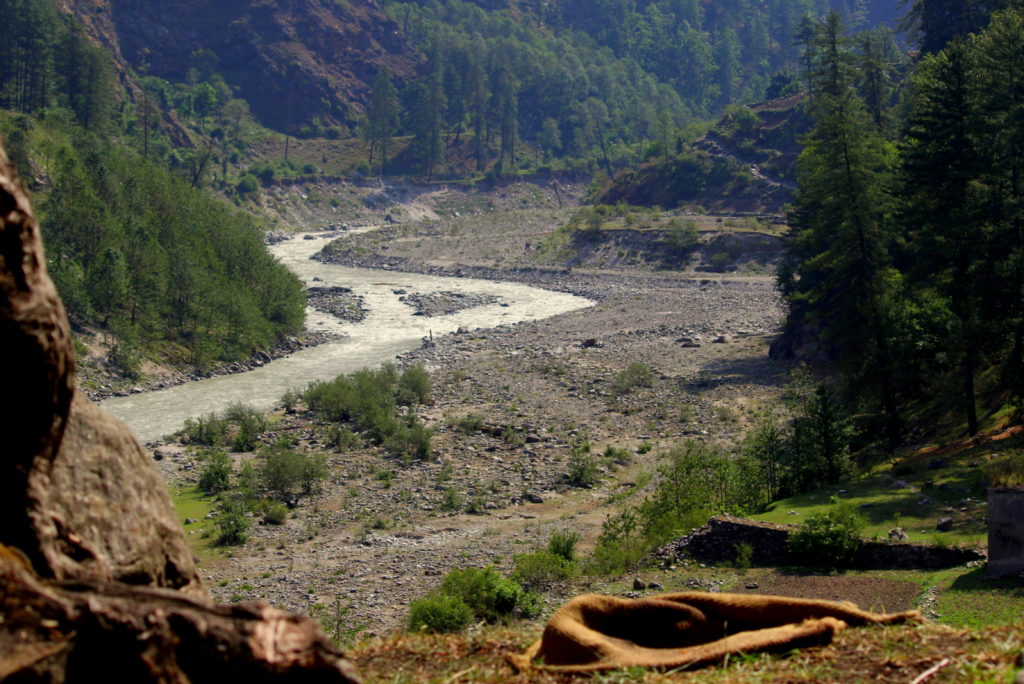
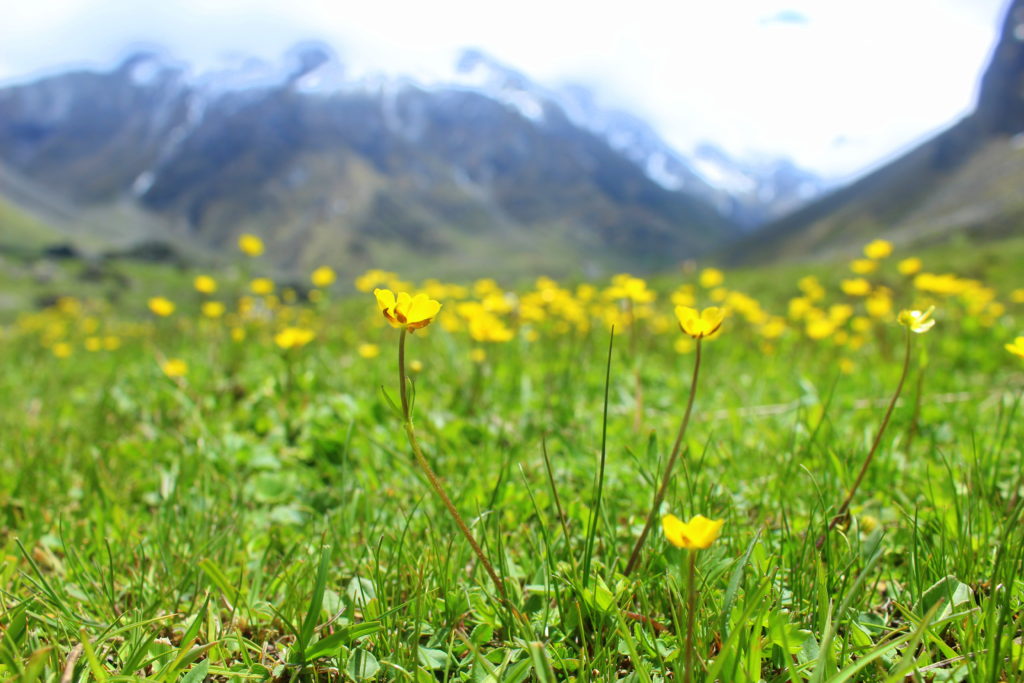
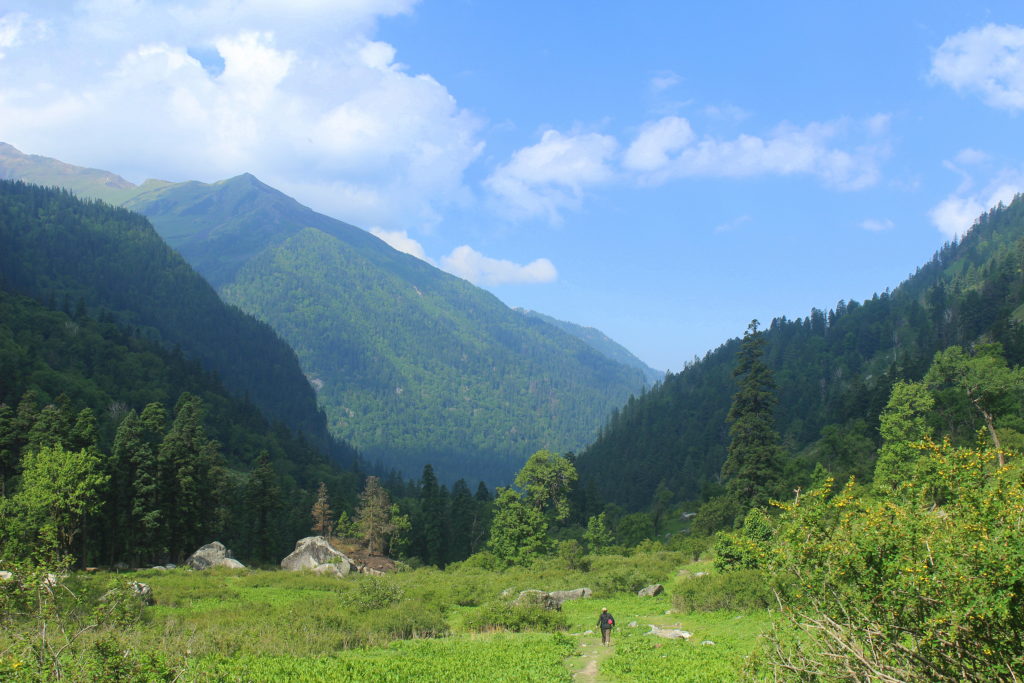
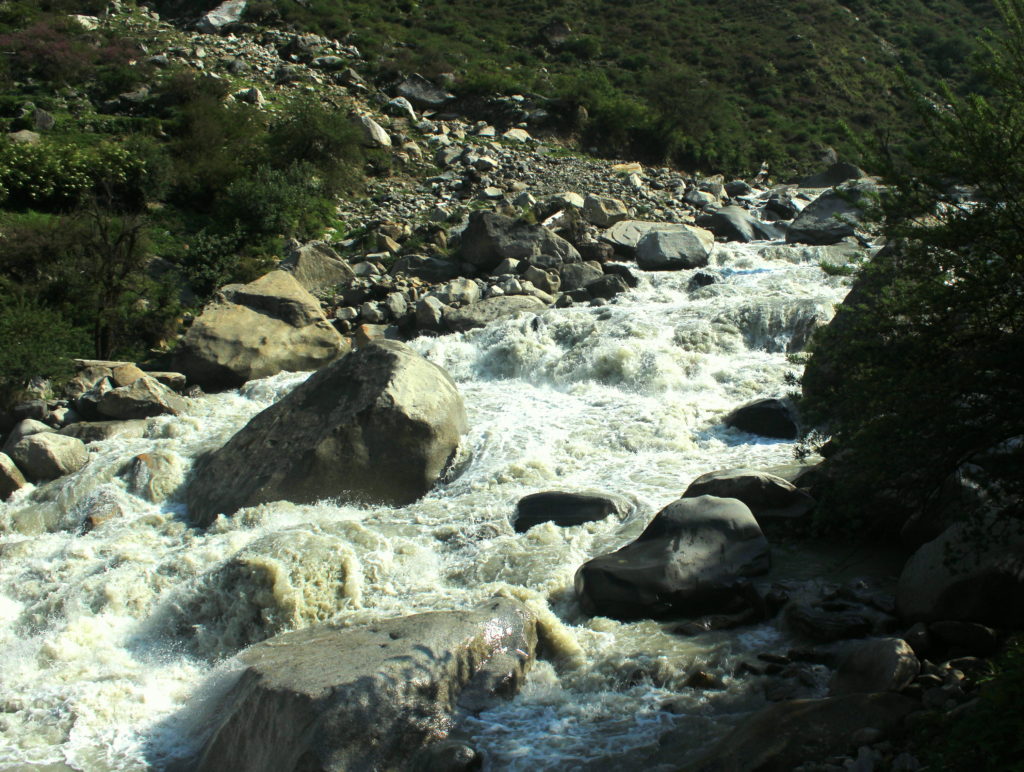
Excellent 👌
Thank you very much Sir for reading the travelogue.
Awesome
Thank you Sudip for reading the travelogue!